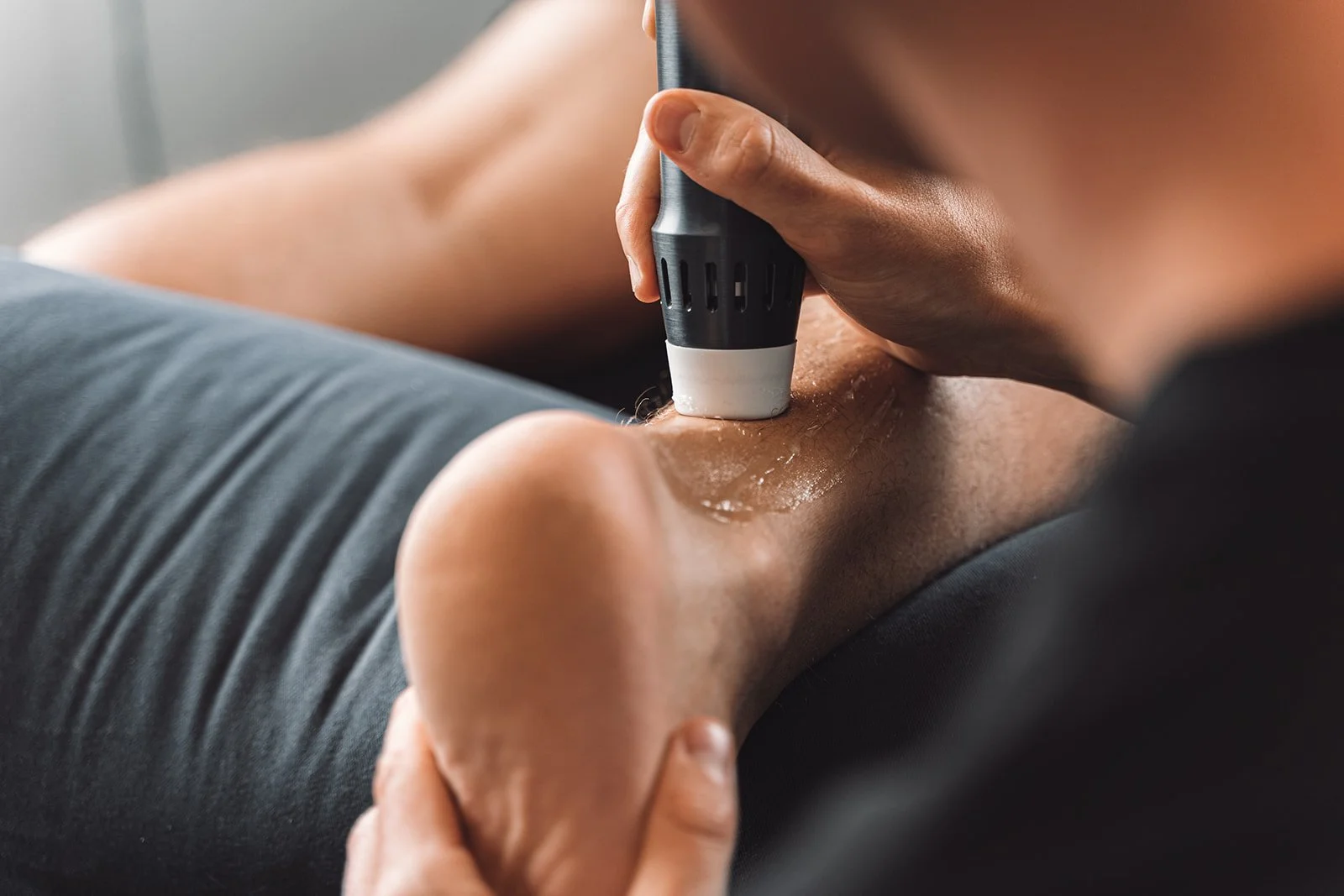COMMON CAUSES OF FOOT AND ANKLE PAIN
The foot and ankle are intricate structures composed of bones, ligaments, muscles, and tendons, all working together to support your weight and facilitate movement. Given their complexity, a variety of issues can lead to pain, including:
Ankle sprains: Overstretching or tearing of the ligaments in the ankle, often caused by sudden twisting or rolling.
Plantar fasciitis: Inflammation of the thick band of tissue (plantar fascia) running along the bottom of the foot, leading to heel pain.
Stress fractures: Tiny cracks in the bones caused by overuse, common in athletes or those who engage in repetitive high-impact activities.
Tendonitis: Irritation of tendons, such as the Achilles tendon, often due to overuse or improper footwear.
THE IMPORTANCE OF AN INITAL ASSESSMENT
Treatment for foot and ankle pain starts with a thorough initial assessment. During this consultation, our team will evaluate the nature of your injury, considering factors such as:
Range of motion in the foot and ankle.
Muscle strength and balance.
Areas of tenderness or swelling.
Underlying biomechanical issues, such as overpronation or poor gait patterns.
This assessment forms the foundation of a personalised recovery plan tailored to your needs and lifestyle.
REHABILITATION
Once the cause of your pain is identified, the focus shifts to recovery. A gradual, structured programme is key to not only relieving pain but also preventing recurrence. This might involve:
Targeted Exercises: Strengthening and mobility exercises will be introduced to rebuild the muscles, tendons, and ligaments supporting the foot and ankle.
Balance Training: Enhancing proprioception (your body’s ability to sense its position) is crucial for preventing further injuries.
Manual Therapy: Techniques like massage or joint mobilizations may be used to reduce stiffness and improve flexibility.
Activity Modifications: Adjusting your physical activities to avoid further strain on the injured area while promoting healing.
Pain Management: Depending on the severity, treatments such as ice therapy, taping, or orthotic devices can help reduce inflammation and provide support.
PREVENTING FOOT AND ANKLE PAIN
Preventative care plays a significant role in maintaining healthy feet and ankles. To reduce the risk of future injuries, consider:
Wearing appropriate footwear for your activities.
Maintaining a healthy weight to reduce stress on your joints.
Incorporating regular stretching and strengthening exercises into your routine.
Listening to your body and resting when needed to avoid overuse injuries.
Contact our team today to discuss your foot and ankle rehabilitation.


